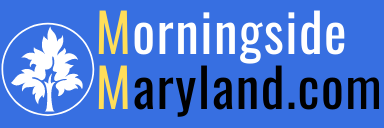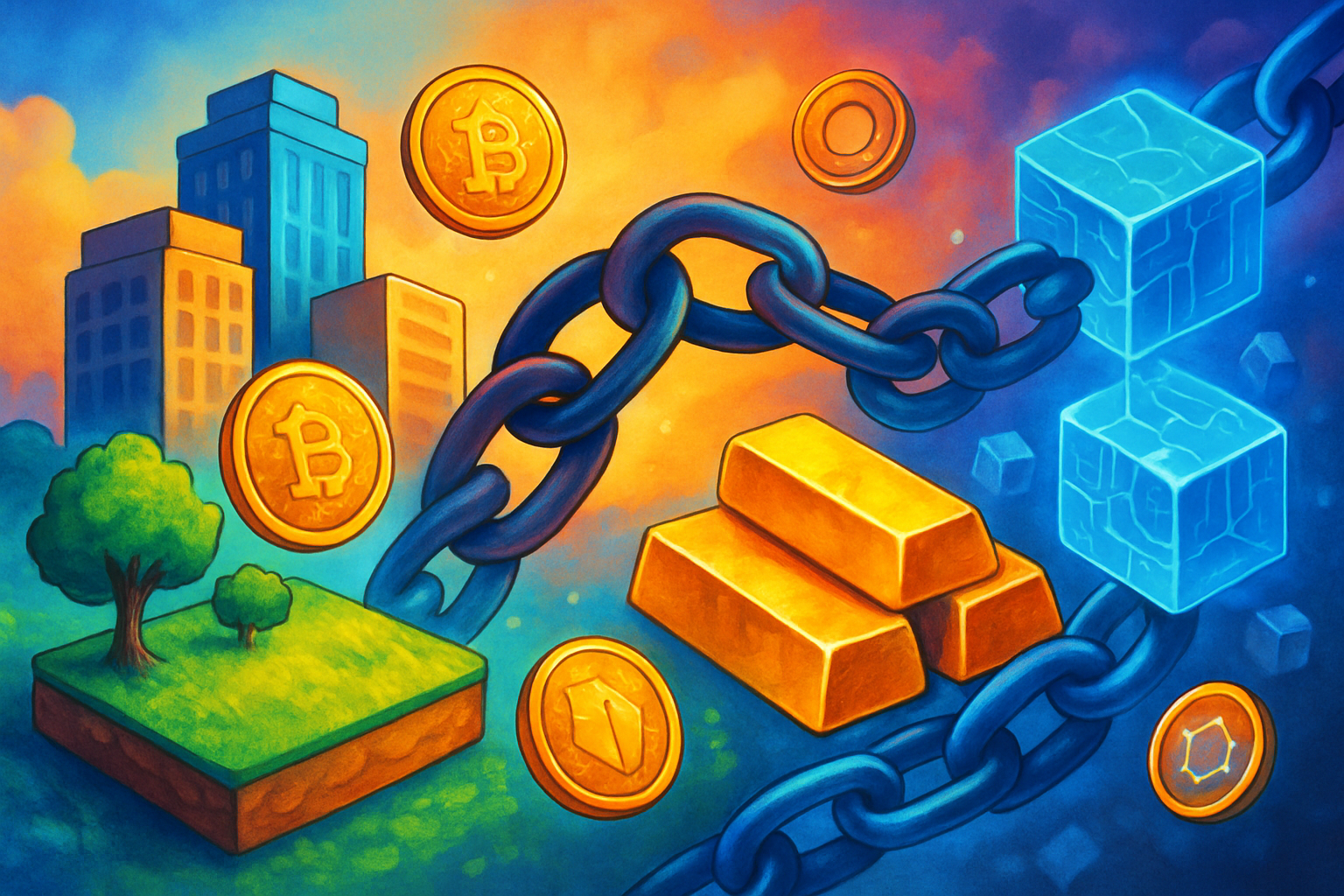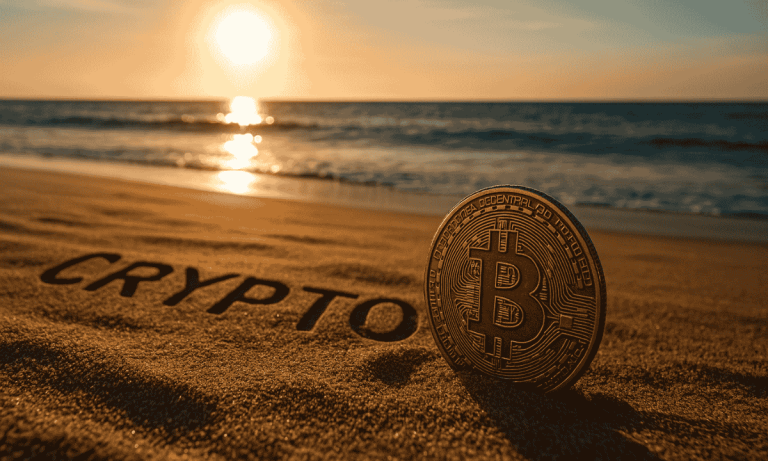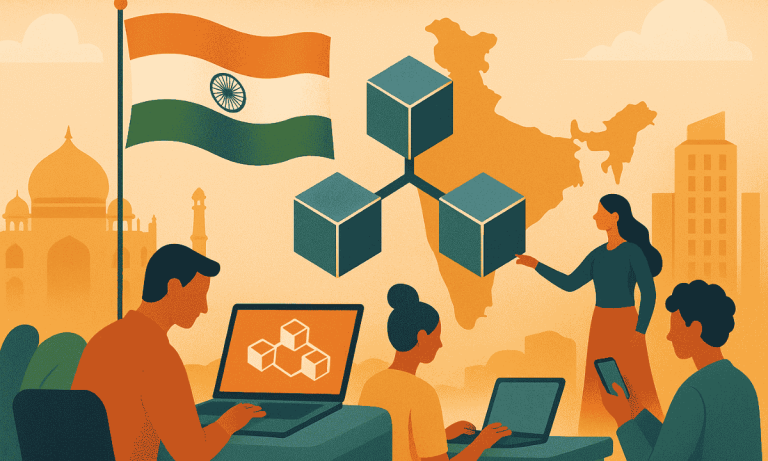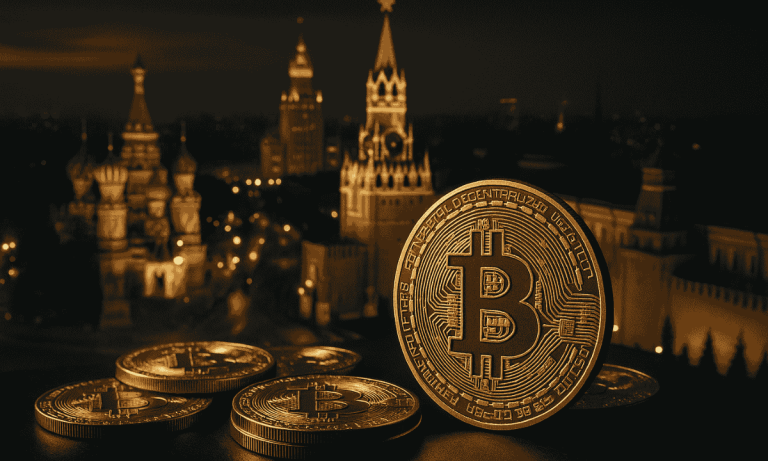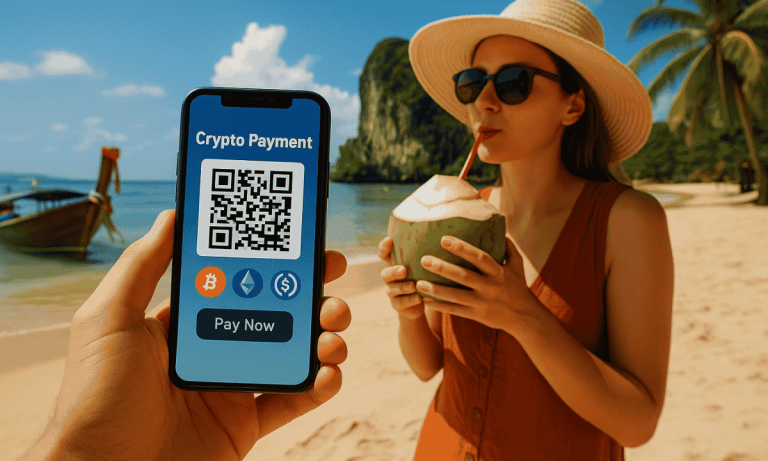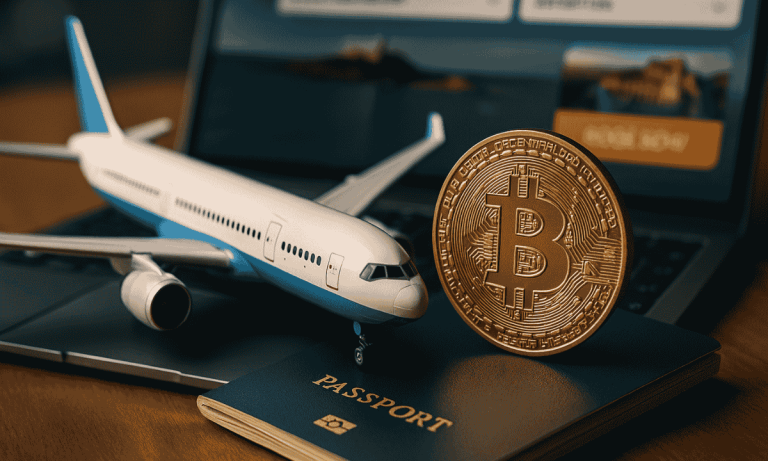It’s a brisk morning in Mumbai’s financial heart, and the neighborhood’s chill isn’t lost on the bankers trickling into their glass towers—though lately, of course, the excitement humming beneath the surface isn’t in the wind or the headlines, but in the bits and bytes. Ask just about anyone savvy in finance, and they’ll mention three letters that have gone from edge-case jargon to boardroom mainstay: RWA. Tokenizing real-world assets—a phrase carried briskly from Manhattan to Singapore—no longer means just a few Ethereum evangelists minting fractionalized paintings or so-called “digital gold.” It’s becoming the new oil pipeline of global capital: gritty, sometimes leaky, but all but certain to redefine how value moves and grows.
From Paper Promissories to Programmable Prisms
If you’ve ever tangled with the labyrinthine web of property title deeds or attempted to untangle the spaghetti that is syndicated loan paperwork, you know the inefficiency feels almost existential. Trust, right now, means paper, stamps, signatures, third-party custodians, and the creeping possibility that, somewhere, a page has been lost or a registry misspelled your mother’s maiden name. Tokenized RWA flips this narrative. In its cleanest form, a digitized representation of, say, a slice of Mumbai commercial property lives on-chain—its origins, current owners, liens, and usage limitations all encoded within a cryptographically sealed asset whose history can’t be rewritten with white-out or a well-placed bribe.
If that sounds too tidy, well, the reality always lands messier. But the advantages are palpable: tokenized assets can trade across borders in seconds, not weeks, and their provenance can be checked by anyone with a web browser and a spark of curiosity. Fractional ownership, previously trapped behind hefty paperwork and wonky regulations, now becomes a matter of splitting tokens, each carrying programmable rights and obligations. It’s finance as transparent as morning light filtering through the smog.
The Pipes, the Plumbing, and the Trust Game
Imagine a building at Nariman Point—one of those gleaming, steel-clad monoliths. Today, ownership is dicey, sliced up into REITs, SPVs, legal trusts, or simply ledger notes at a sleepy municipal office. Tokenization transforms this: 1,000 investors from Finland to Jakarta can co-own, transfer, or collateralize micro-shares, all without leaving their digital wallets or sweating over consular stamps.
But let’s be clear: the magic isn’t just in the “token” but the rock-solid infrastructure backing it. At the heart of every real-world asset tokenization are the oracles—bridges that ferry verified data (from notaries, auditors, and IoT sensors) into the blockchain’s hard edge. These data pipes must be trusted and incorruptible, for the harshest lesson of every crash since Enron has been that unreliable data brings empires down. That’s why the best RWA protocols are laser-focused on audit trails, multi-jurisdictional compliance, and redundancy. Without that—without bulletproof verification and custody arrangements—you just have digital lipstick on the same old asset pigs.
Regulatory Crosswinds and the Knots in the Rope
Regulators haven’t missed a beat. The very feature that enchants innovators—liquidity at the speed of thought, global reach, and programmable compliance—also keeps the old guard awake at night. Global bodies from the SEC to the MAS in Singapore have started mapping frameworks for digital securities and custody, often with the kind of anxious energy that betrays both excitement and anxiety. The tension comes from classic questions: Who is liable if a token’s underlying asset is misrepresented? Can a court in Paris seize tokens for a New York property? What happens when 24/7 markets run headlong into 9-to-5 legal systems?
In the background, legal engineers are becoming as valuable as Solidity devs—a rare breed who can speak “blockchain” with regulators and explain “source of truth” without using air quotes. The movement toward on-chain compliance—think programmable KYC, AML checks, and regional investor whitelists—could ultimately become RWA’s secret sauce. If it works, tokenized real estate or corporate bonds could be as easy to purchase as a share of Tesla, with every transaction pre-checked for regulatory soundness, all the while maintaining the fluidity that first lured capital to crypto.
Where the Rubber Meets the Road
On any given week, discrete but significant deals underscore the shift. Luxury apartments in Dubai are changing hands on Polygon rails, U.S. Treasury bills are tokenized on public blockchains and trading with the liquidity of stablecoins. Agribusiness firms in Brazil, long constrained by local lending markets, are pledging harvests as collateral via tokens that can be snapped up by Japanese pensions or New York family offices. The scale is eye-watering: estimates from industry analysts suggest the tokenized RWA market could balloon to $16 trillion by 2030, outgrowing DeFi’s current wildest ambitions. Yet for all the fireworks, the reality is often quieter. It’s in the legal boilerplate. the rock-solid custodianship, the ever-improving user interfaces; the silent upgrades rather than the splashy headlines.
Lived Moments, Lingering Friction
Of course, not all sunrises are rosy. In the trenches, practitioners report hiccups: slow-moving transfer agents, legal “wrappers” that don’t quite wrap, property registries that bristle at anything ending in. eth. But momentum has shifted. On-chain asset investors speak of “exit ramps” with the same urgency TradFi old-timers once reserved for IPO lockup expiries. There’s more than speculative thrill here—there’s a growing sense that tokenization is making global finance not just faster but fairer, prying open asset classes that for centuries have been playgrounds of the privileged.
Tuning into a late-night podcast or over weak airport coffee with general partners, a phrase comes up, half-joke, half-prophecy: “Anything you can count, you can tokenize. Anything you can tokenize, you can democratize.” It’s imperfect, but it sticks, because deep down, everyone senses the world tilting toward more accessible, programmable, borderless value—friction reduced, scepticism channelled, possibility renewed.
The Next Bridge
The beauty—a wary, hard-won beauty—of RWA tokenization is that, for the first time, finance feels less like an insiders’ game of shadows and more like a living, open system. The next decade, most would bet, will not be won by flamboyant launches or overnight unicorns. Instead, it will be shaped by the slow, deliberate wiring of trust, asset by asset, jurisdiction by jurisdiction—each token minted not as a magic bullet but as a technical and social contract binding the world’s wealth to a radically transparent substrate.
The upshot? There’s a chill in the morning, but also—a certain charge in the air. The smart money isn’t just waiting for the sunrise. It’s building the rails for assets to travel the world, every second of every day, anywhere trust dares to roam.
